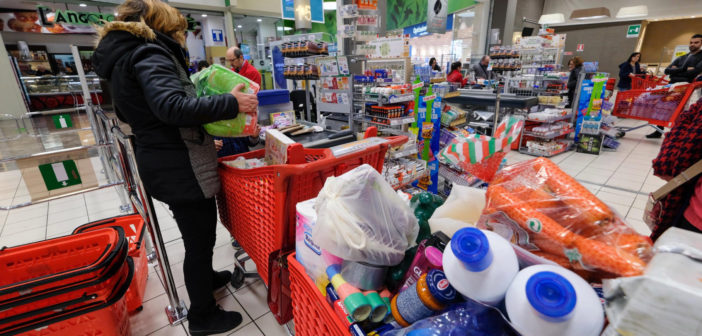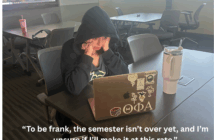By: Gracie Swind, Managing Editor
September 2020 Update:
Six months later, we can now answer with a little more certainty the questions of: was the panic worth it? The short answer is no, it wasn’t – here’s why.
Panic never helps in any situation and the massive purchasing and hoarding of essential items didn’t help anyone stay protected from the virus. Thankfully, stores have been able to stock toilet paper and other essential items in the past couple months, but they are still suffering from a general lack of essential and cleaning items, and have placed limits on the quantity of certain items each person can buy to avoid another hoarding situation.
According to the CDC, as of Sept. 10, the United States has clocked in at 6,343,562 cases of COVID-19, with 190,262 deaths. However, cause of death, like many things in this world, is not black and white; often death, especially in our elderly, which make up almost one-fourth of all COVID-19 deaths, is due to many contributing factors.
With data that was updated on Sept. 9, the CDC states in a table that lists the comorbidities, defined in Merriam-Webster as “existing simultaneously with and usually independently of another medical condition,” for COVID-19, that of the COVID-19 deaths reported so far, “for six percent of the deaths, COVID-19 was the only cause mentioned [on the death certificate].”
This does not mean that the other 94 percent of reported deaths were not COVID-19 deaths, but it does mean that 94 percent of deaths were not purely caused by COVID-19. As the data has suggested since the beginning, the risk of death from COVID-19 is significantly higher in elderly people and people with preexisting conditions.
The report goes on, saying, “for deaths with conditions or causes in addition to COVID-19, on average, there were 2.6 additional conditions or causes per death.” This means that for the 94 percent of COVID-19 deaths that had other conditions listed as contributing factors on the death certificates, there was an average of more than two additional conditions that contributed to each death.
These conditions range from pneumonia and influenza to chronic respiratory diseases to heart diseases of all stripes. Because of this, one cannot look at the deaths that have been attributed to COVID-19 as being solely the doing of the novel coronavirus, and therefore must acknowledge that COVID-19 is not as deadly to the average citizen as it was believed to be.
With these statistics in mind, I once again argue that the panic caused earlier this year due to COVID-19 was unwarranted. While the death of our vulnerably ill and elderly is tragic, it should not call for panic that stretches into the lives of the young and healthy; a measured, reasonable reaction across all ages and health levels in response to a health crisis such as this – social distancing, better personal hygiene, and face coverings for those who are sick – seems to be the more appropriate reaction.
Just because something is deadly does not mean it deserves furtive panic; death due solely to COVID-19 has proven to be rare. We now know with certainty that people with preexisting conditions or those 65 and older are disproportionately more endangered by COVID-19, and those who are younger and free of preexisting conditions are far less likely to be killed by COVID-19, therefore, public panic over a disease that has such a low mortality rate for the average citizen is unwarranted and unhelpful.
Original Article:
As COVID-19, also known as the coronavirus, spreads across the United States and the world at large, panic has been spread right along with it. Everyone is acting like it’s end-times with food and paper-product shortages abound, causing pre-existing stress over the disease to explode in a mess of hostility, hoarding, and inhumanity.
Open hostility towards Chinese people and other Asian groups has become commonplace.
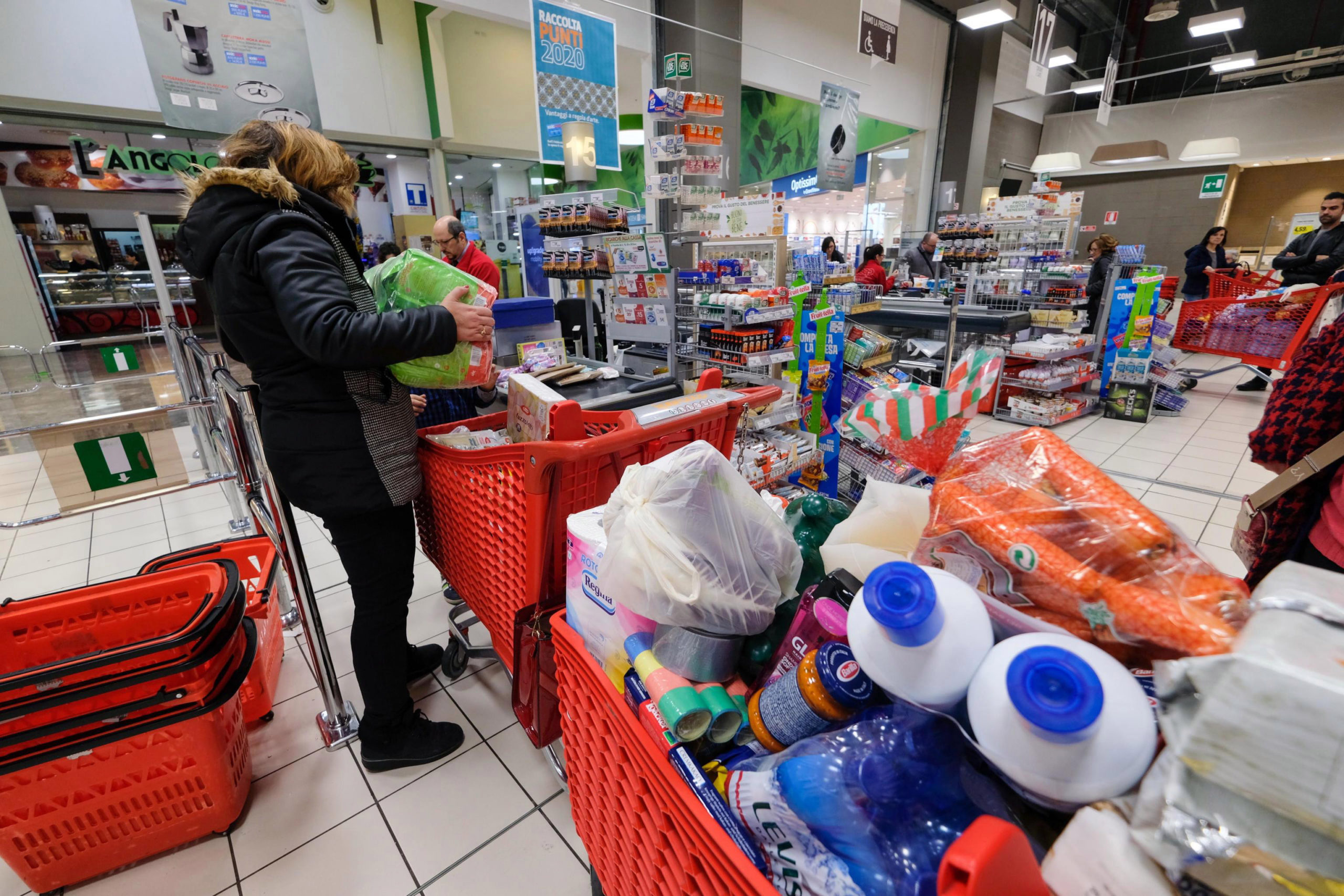
Fights over who gets to fill their shopping carts with toilet paper have surfaced in YouTube videos.
Groceries like Costco, Publix, and Winn-Dixie have been packed from open to close with customers buying bulk of everything from meat to bread to water. The strangest product-hoarding of them all has been that of dairy products, which expire relatively quickly and will lead to waste.
Additionally, hoarding massive amounts of food, toilet paper, and cleaning supplies is only going to lead to more individuals becoming at risk when they can’t find the soap or food needed to maintain good hygiene and a balanced diet. The reaction of the public at large has proven that citizens are operating from a place of emotion and fear, not logic and level-headedness.

The question, then, is whether that fear is warranted, and with most questions in life, the answer is not as simple as a ‘yes’ or ‘no.’
While the threat of COVID-19 is very much a proven one, with a little over 15,000 deaths as of the writing of this article according to Worldometer, reports from the CDC show that cases in the U.S. have a composite death rate of only 1.8-3.4 percent.
According to the same CDC report, “this first preliminary description of outcomes among patients with COVID-19 in the United States indicates that fatality was highest in persons aged over or equal to 85, ranging from 10 percent to 27 percent, followed by three percent to 11 percent among persons aged 65–84 years, one percent to three percent among persons aged 55-64 years, under one percent among persons aged 20–54 years, and no fatalities among persons aged under or equal to 19 years.”
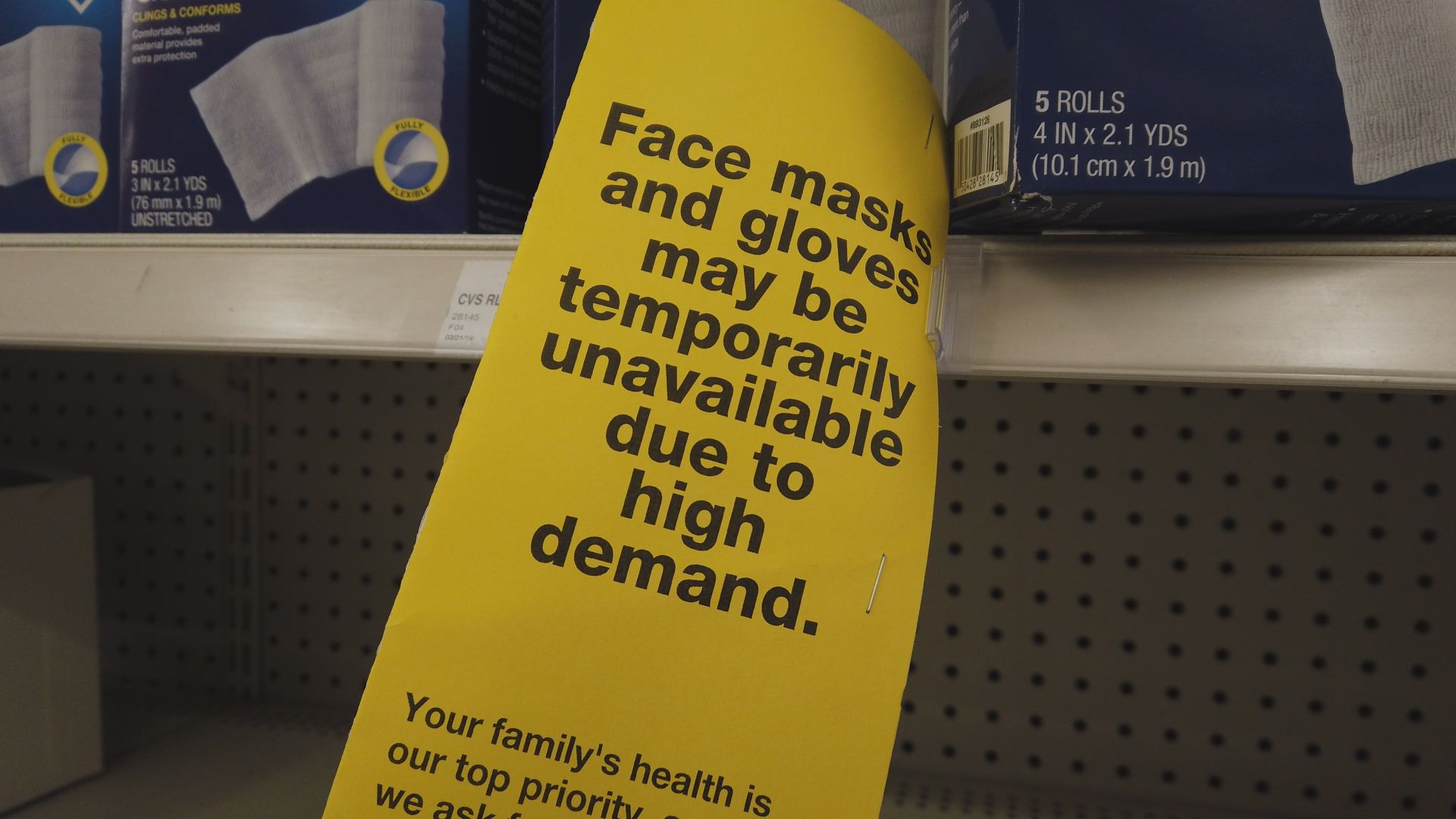
COVID-19 is fast-spreading, but the fatality rate is low in the vast majority of age groups. Compare these figures to those of a similar coronavirus, SARS, and we can see that they could be much worse; according to a report by the Center for Infectious Disease Research and Policy from 2003 during the SARS outbreak, “the fatality ratio [of those infected with SARS]is less than one percent for people younger than 25, six percent for those aged 25 to 44, 15 percent for those aged 45 to 64, and more than 50 percent for people 65 or older.”
So, is COVID-19 deadly? Yes, but other diseases are much more so, and the world has survived.
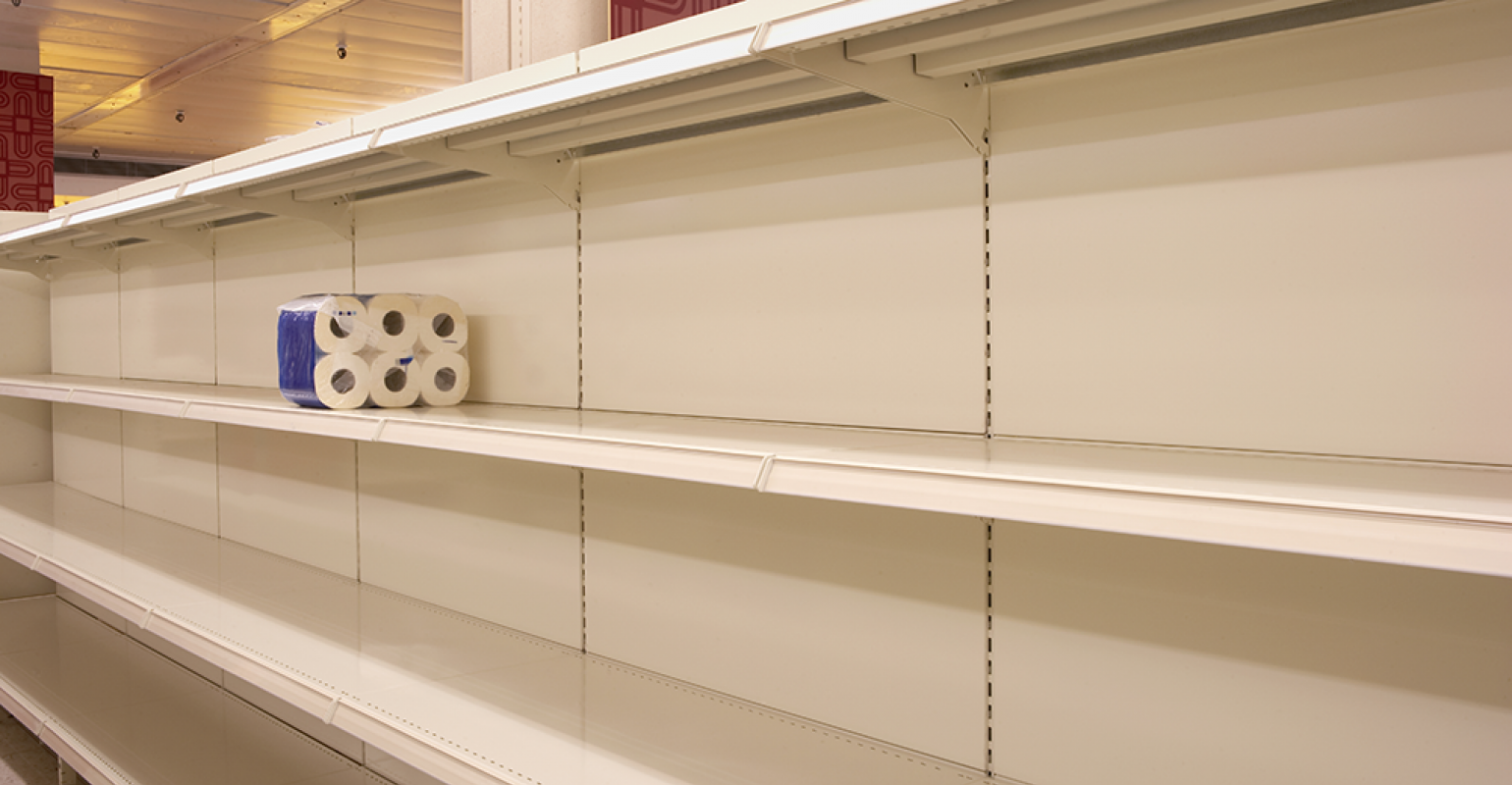
Taking the threat of COVID-19 more seriously is a good thing. Social distancing and limiting contact to large gatherings of people will definitely help reduce the spread of the disease and will help keep those at the highest risk safe.
However, the level of panic that we’ve been seeing recently is not helpful in the slightest. Even in the case of a “shelter-in-place” order, groceries and pharmacies would still be open, and products would still be restocked. Fear of a disease is no excuse for racism or aggravated hostility towards certain groups of people or your fellow human.

Worrying about your family or personal health and wellbeing during these stressful times is completely valid and reasonable. Being wary of the disease or scared of getting sick is also completely reasonable, but people need to understand that keeping a calm and level head throughout all of this is critical towards making sure we all get out of this in one piece.
Only time will truly tell if the amount of concern we’re placing on COVID-19 is warranted, but in the meantime, do your part by keeping your distance, washing your hands, and above all, staying calm.

